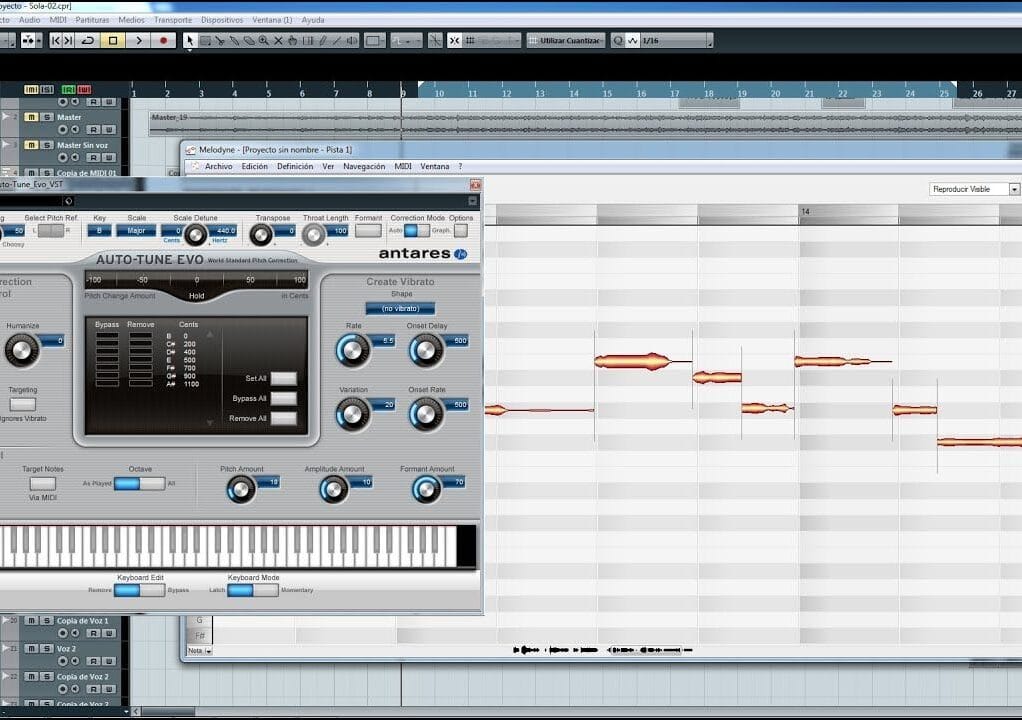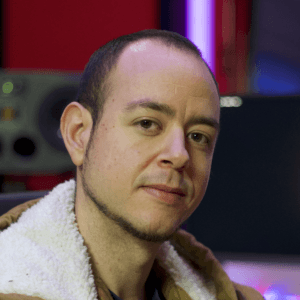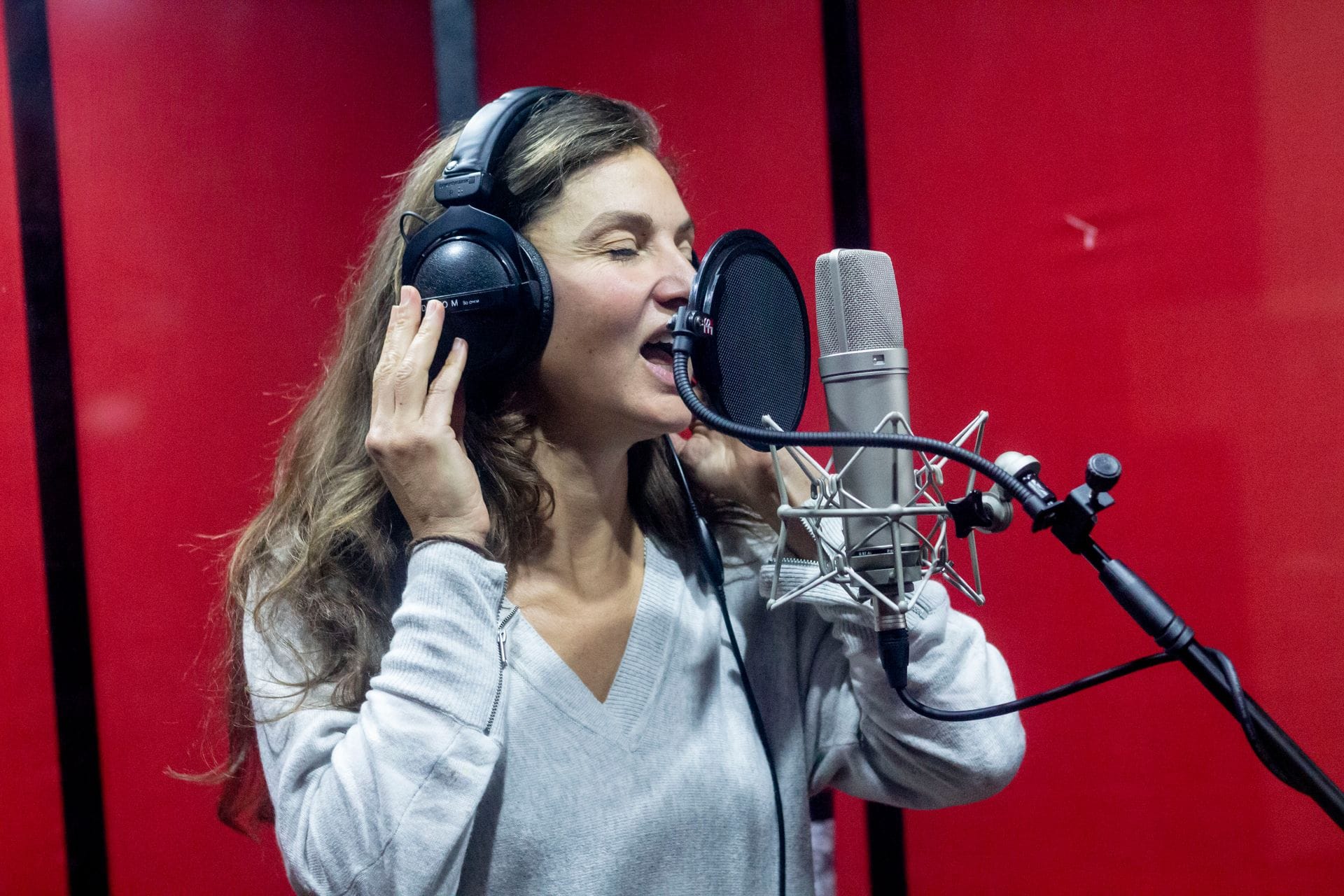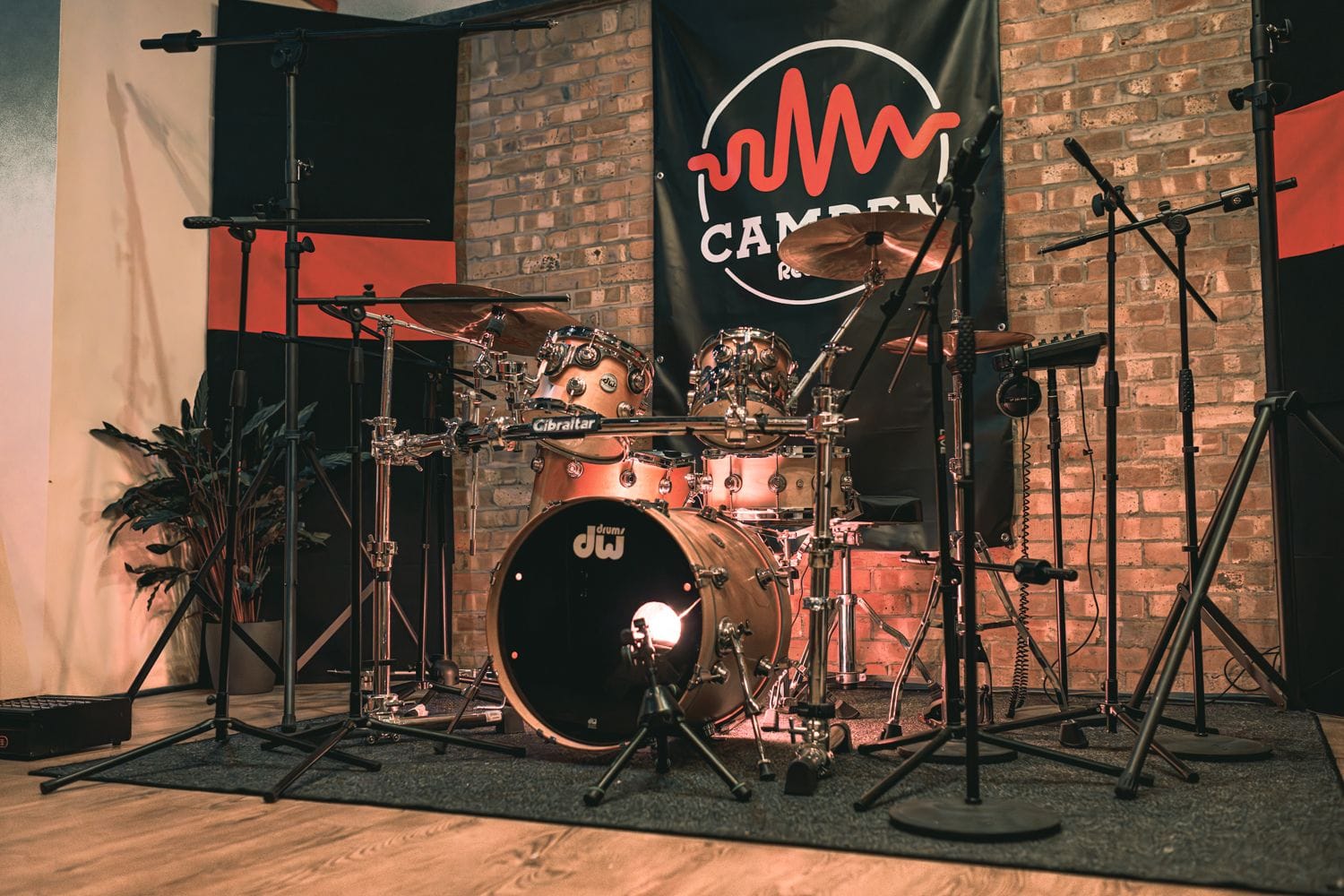Tuning Into the Future: Autotune vs Melodyne
In the dynamic world of digital music production, Autotune and Melodyne emerge as two pivotal tools for artists seeking to perfect their vocal tracks. Both applications offer unique features tailored to enhance musical performances, yet they cater to different aspects of pitch correction with distinct methodologies and uses from soft pitch correction to creative effects.
Autotune: The Legendary Effect
Autotune, developed by Antares Audio Technologies in 1997, is famed for its ability to correct pitch in real-time, making it a go-to choice for live performances and studio recordings alike. Its ease of use and fast processing capabilities allow for immediate correction, ensuring vocals are in tune with the rest of the arrangement without requiring extensive manual intervention. This software is celebrated for its “Auto-Tune Effect,” a distinctive sound that has become a staple in various music genres, particularly pop and hip-hop.
Melodyne: Precision and Control
Melodyne, created by Celemony, takes a different approach, offering unparalleled control over audio material. It allows users to manipulate pitch, timing, and even the formants and dynamics of individual notes within polyphonic recordings—a feature not available in Autotune. Melodyne is favored for its surgical precision and flexibility, providing a more natural correction by enabling detailed adjustments that respect the original performance’s nuances.
Comparing the Tools
When it comes to choosing between Autotune and Melodyne, the decision largely depends on the specific needs of the project at hand. Autotune shines in settings where speed and the iconic tuned effect are desired, making it a staple for artists looking to achieve a contemporary sound. On the other hand, Melodyne is preferred for projects requiring meticulous editing and natural-sounding pitch correction, offering a level of detail that preserves the artist’s expressive intent.
Both Autotune and Melodyne have earned their places in modern music production for their transformative effects on vocals. Whether you seek the immediacy and unique effect of Autotune or the intricate precision of Melodyne, integrating these tools into your production process can elevate your music, ensuring every note hits the mark with clarity and impact.
As technology continues to evolve, the capabilities of both Autotune and Melodyne will expand, further blurring the lines between natural talent and digital perfection. The choice between them will remain a creative one, guided by the artist’s vision and the song’s emotional core. In the end, both tools offer the promise of pristine vocals, enabling musicians to express their talent through the power of pitch-perfect performance.






